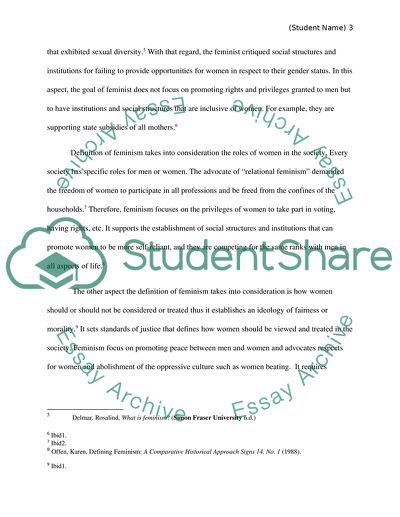Assignment 1: Five Short Essays Essay Example | Topics and Well Written Essays - 2500 words. Retrieved from https://studentshare.org/gender-sexual-studies/1657364-assignment-1-five-short-essays
Assignment 1: Five Short Essays Essay Example | Topics and Well Written Essays - 2500 Words. https://studentshare.org/gender-sexual-studies/1657364-assignment-1-five-short-essays.


